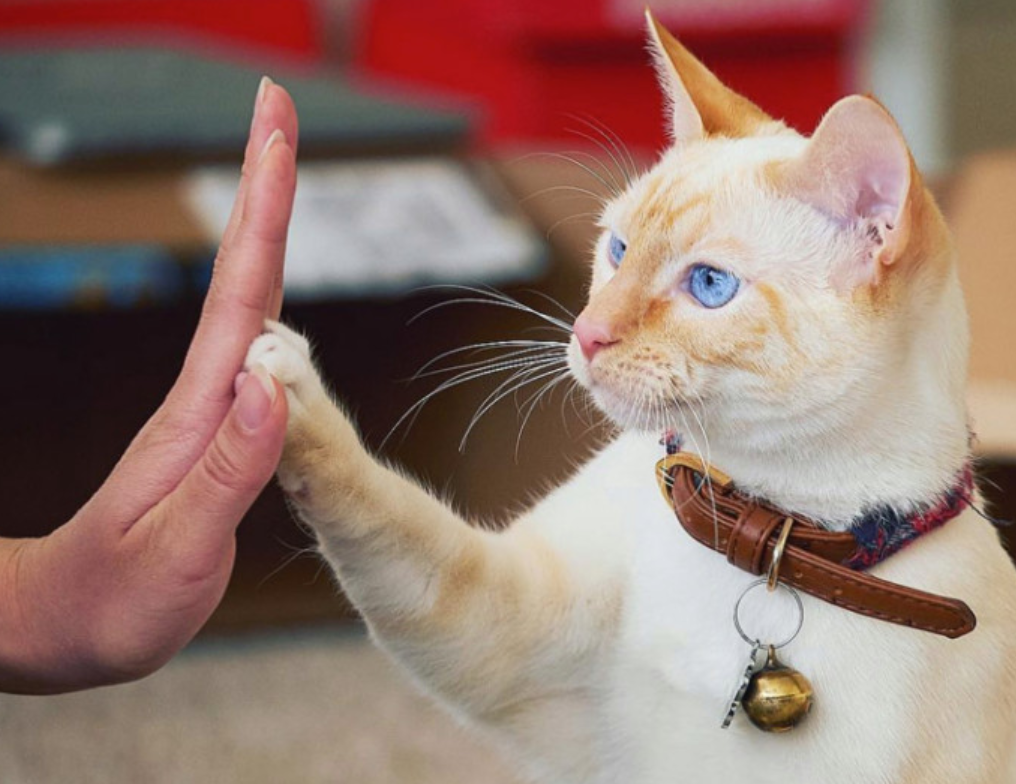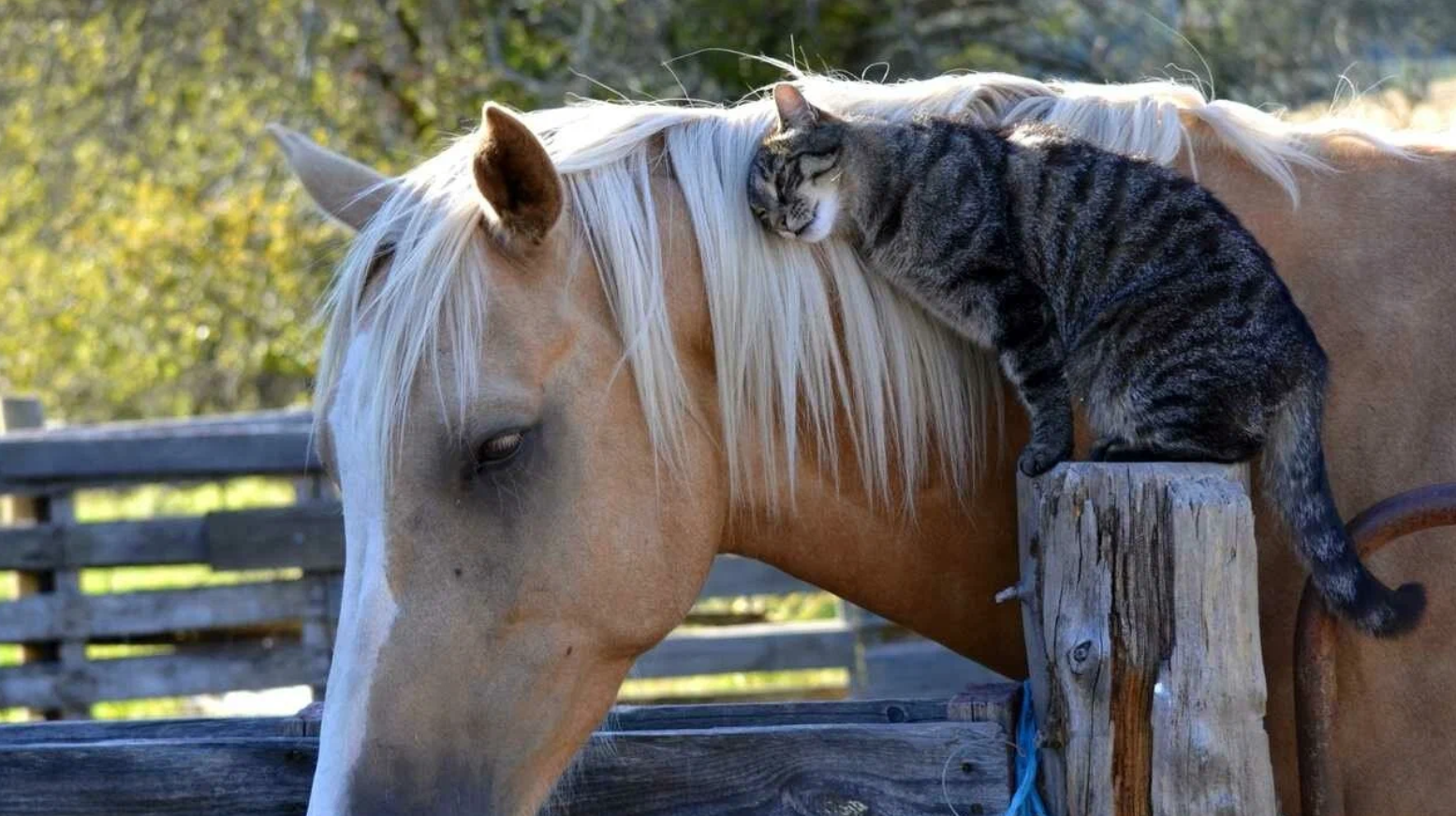Birds and Humans: Building Trust and Love

Birds have been companions to humans for centuries, offering a unique relationship that blends intelligence, affection, and communication. Unlike other pets, birds bring a distinctive dynamic into a household, providing companionship that can be as deep and rewarding as that of a dog or cat. From parrots to canaries, the bond between birds and humans is built on trust, interaction, and care. This relationship, when nurtured, can become a source of mutual enrichment and happiness.
Birds as Social Creatures
Birds are inherently social animals, especially species like parrots, cockatiels, and budgerigars (budgies). In the wild, these birds live in flocks and rely on their social structures for survival. When a bird becomes part of a human household, it views its human family as its flock. This creates an opportunity for a unique and intimate bond, but it also means that birds require regular interaction and attention to stay happy and healthy.
A bird that feels neglected or lonely may become stressed, exhibit behavioral problems, or even become depressed. For this reason, establishing a consistent and loving relationship is key to ensuring a bird’s well-being. A bird’s happiness is closely linked to the quality of its relationship with its human companions.
Building Trust with Your Bird

One of the most important steps in fostering a relationship with a bird is building trust. Birds can be naturally cautious, especially in new environments, and it’s important to allow them time to adjust to their human family. Trust is built gradually, through gentle interactions and consistent care.
Here are some key steps to building trust:
-
Patience is essential: A bird may be wary of you at first, so it’s important to allow the bird to approach you on its own terms.
-
Offer food by hand: This is one of the most effective ways to show a bird that you’re a friend. Hand-feeding can help a bird associate you with positive experiences.
-
Calm demeanor: Birds are sensitive to energy and noise. Approaching a bird with calm, slow movements and speaking in a soft tone will help the bird feel safe and comfortable around you.
-
Communication and Interaction
-
Birds are excellent communicators and can express their feelings through a variety of sounds and behaviors. While some birds, like parrots, can learn to mimic human speech, all birds use body language and vocalizations to convey their emotions. Learning to understand your bird’s communication style is a key part of deepening the bond.
-
Aggressive behaviors like biting or lunging may show that a bird is feeling scared or threatened.
-
Regular, positive interactions help strengthen the bond between a bird and its human companion. This can include talking to your bird, playing with them, and engaging in activities that stimulate their natural curiosity and intelligence. Birds enjoy mental stimulation, and teaching them tricks or offering interactive toys can enhance their engagement and overall happiness.
-
The Importance of Socialization
-
Just like people, birds benefit from socialization. Taking your bird out of its cage regularly and allowing it to interact with various members of the household can help build confidence and reduce fearfulness.
-
Birds that are isolated for long periods may develop behavioral issues, such as feather plucking, excessive vocalization, or aggression. Ensuring that your bird gets plenty of social time will contribute to its mental and emotional well-being.
-
Caring for a Bird’s Emotional Needs
-
A strong bond with a bird goes beyond just feeding and housing them. Birds require emotional care just as much as physical care. It’s important to pay attention to a bird’s moods and ensure they feel safe, loved, and engaged. Birds thrive on affection and attention, so spending quality time with them every day is crucial.
Creating a loving environment for your bird includes:
-
Providing a variety of toys and perches to keep them entertained.
-
Giving them a safe space to retreat to when they want to relax or sleep.
-
Offering regular out-of-cage time for exercise and exploration.
-
Ensuring they are mentally stimulated through play, training, and interaction.
The Lifelong Bond

Birds, especially parrots, can live for decades, making the relationship with them a long-term commitment. This extended lifespan means that the bond between a bird and its human companion can grow and evolve over many years. Birds can recognize and respond to their human family members and may even show signs of affection, such as preening or nuzzling, which are clear indicators of love and trust.
Over time, the relationship between a bird and its human can become incredibly deep. Many bird owners describe their pets as not just companions but as true members of the family. Birds, in turn, often display loyalty and affection to the humans they trust and love.
Conclusion
The relationship between birds and humans is one of mutual respect, affection, and trust. Birds offer unique companionship that, when nurtured properly, can be a source of great joy. By understanding a bird’s social nature, emotional needs, and communication style, humans can build a loving and lasting relationship with their feathered friends. Whether through daily interaction, play, or gentle handling, the bond that forms between a bird and its human family is one of a kind, offering both parties a rewarding experience that can last a lifetime.



